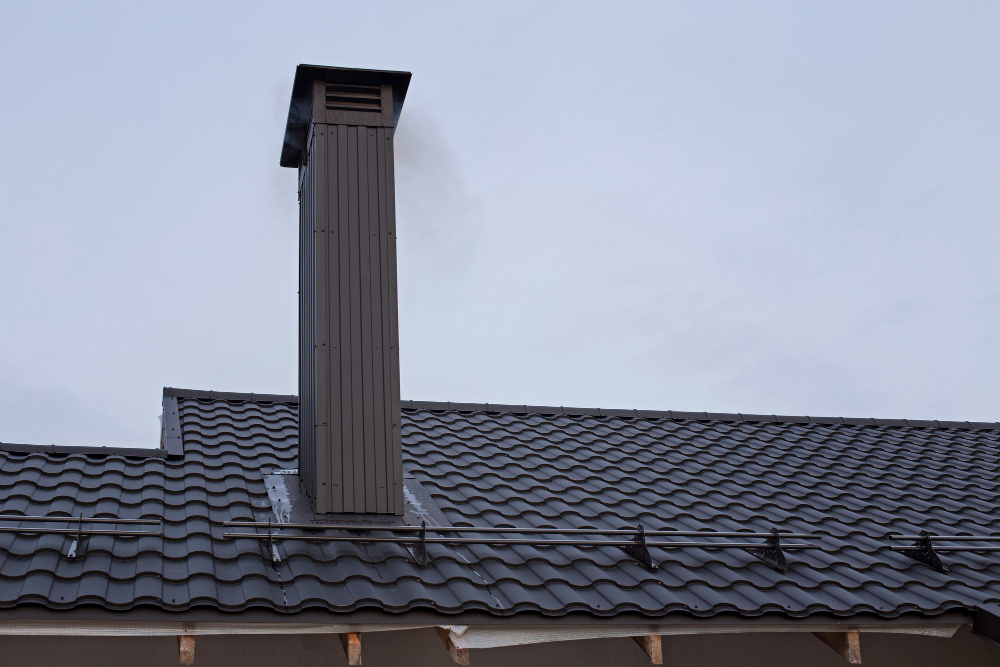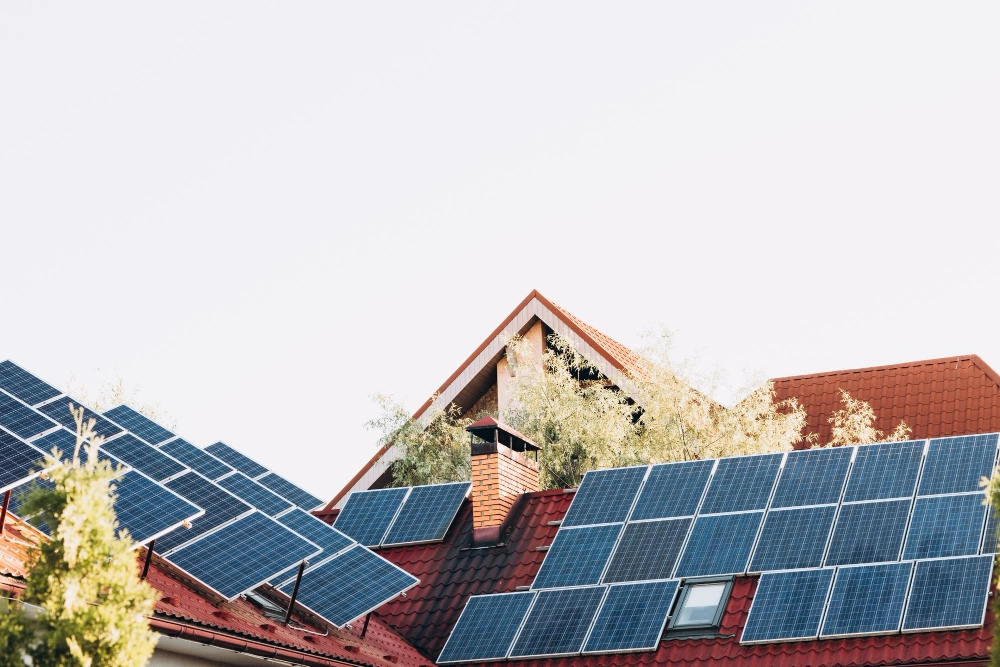Last updated on
In the landscape of construction and home improvement, the call for sustainability has become more than a trend—it’s a responsible choice that echoes through the choices we make for our homes. Nowhere is this commitment to eco-conscious living more evident than in the realm of roofing.
As technology advances and environmental awareness grows, homeowners are presented with a diverse array of eco-wise roofing choices that not only promise durability and protection but also minimize environmental impact.
This guide explores the realm of sustainable roofing, shedding light on innovative materials, energy-efficient designs, and the overarching principles that pave the way for a greener, more responsible approach to sheltering our homes.
Materials with a Purpose: Choosing Sustainable Options

At the heart of any eco-wise roofing endeavor lies the critical decision of choosing sustainable materials. Opting for recycled or reclaimed materials is a prime example.
As many professionals for roofing services explain, recycled metal, reclaimed wood, and eco-friendly composite shingles not only offer durability and functionality but also significantly reduce the environmental impact associated with traditional roofing materials.
Additionally, advancements in roofing technology have paved the way for solar reflective shingles, providing a dual benefit of energy efficiency and a cooler home environment.
Green Roofs: A Fusion of Nature and Functionality
An innovative and environmentally conscious approach to sustainable roofing is the incorporation of green roofs. These roofs are not only adorned with a variety of vegetation, but they also serve as a natural insulator, reducing energy consumption and contributing to improved air quality.
By absorbing carbon dioxide and releasing oxygen, green roofs help to mitigate the effects of climate change and promote a healthier urban environment. Additionally, green roofs play a pivotal role in reducing stormwater runoff by absorbing rainwater and releasing it slowly, which not only helps to prevent flooding but also enhances the overall ecological balance.
Beyond their numerous environmental benefits, green roofs also add a touch of visual appeal to buildings, creating a harmonious synergy between architecture and nature. The vibrant colors and textures of the vegetation provide a pleasing aesthetic, transforming rooftops into lush and inviting spaces that connect people with the natural world.
Embracing the concept of green roofs not only promotes sustainability but also enhances the well-being of both individuals and communities.
Harnessing Solar Power: Integrating Solar Panels into Your Roof

Energy efficiency is a cornerstone of sustainability, and roofing can be a proactive contributor. The concept of cool roofs, designed to reflect sunlight and maintain lower roof temperatures, is gaining traction.
Taking it a step further, integrating solar panels into roofing systems allows homeowners to harness the power of the sun for clean and renewable energy. This not only reduces dependence on traditional energy sources but also contributes to a more sustainable and self-sufficient lifestyle.
Maintenance Matters: Prolonging the Life of Your Roof
Sustainability in roofing extends beyond initial choices to ongoing maintenance practices. Regular inspections, prompt repairs, and routine cleaning are essential aspects of ensuring a roof’s longevity.
By adopting simple maintenance habits, such as clearing debris and keeping gutters clean, homeowners can contribute to the overall efficiency and functionality of their eco-wise roofing systems.
Lifecycles and Environmental Impact: Choosing Wisely
Examining the lifecycles of roofing materials is crucial in gauging their overall environmental impact. Opting for materials with extended lifespans and minimal negative effects during production and disposal stages is essential.
Seeking products with third-party certifications for environmental performance ensures that roofing materials adhere to recognized sustainability standards, contributing to responsible consumption and waste reduction.
Local Sourcing: Supporting Regional Economies
Sustainability isn’t just about the materials themselves; it’s also about where they come from. Choosing locally sourced materials supports regional economies and reduces the carbon footprint associated with transportation.
Local materials are often better suited to the specific climate of an area, ensuring that the roofing system can withstand environmental challenges effectively.
Financial Viability: Balancing Cost and Long-term Savings
While the initial investment in eco-wise roofing might be higher, the long-term savings are substantial. Reduced energy costs, potential tax incentives for green initiatives, and increased property value make sustainable roofing financially viable.
As sustainability becomes a more significant factor in homebuyers’ decisions, a green roofing system can enhance the market value and appeal of a home.
Navigating the realm of eco-wise roofing involves a comprehensive approach to material selection, design, maintenance, and financial considerations. Each decision made in the pursuit of sustainability contributes to a greener and more resilient home.
Beyond being a trend, embracing eco-wise roofing choices is a commitment to a more sustainable and responsible lifestyle. As we navigate the complexities of modern living, sustainable roofing stands as a tangible and impactful way to harmonize our shelter with the environment, ensuring a future where homes are not just spaces of refuge but also contributors to a healthier planet.
Table of Contents




